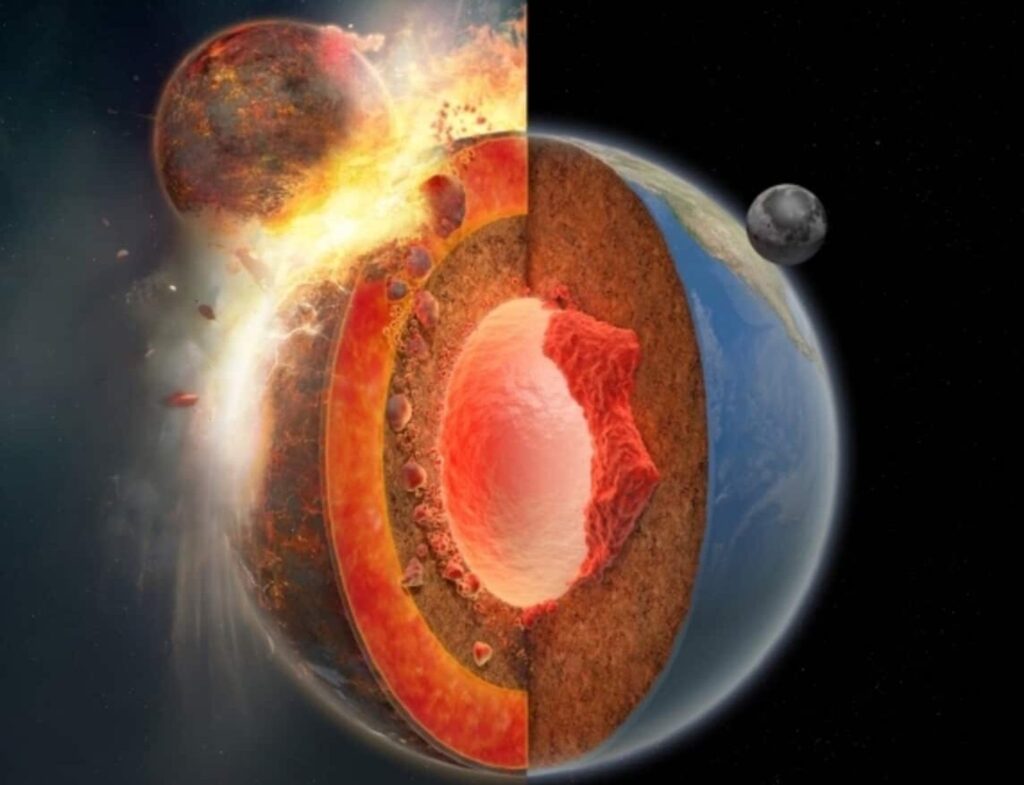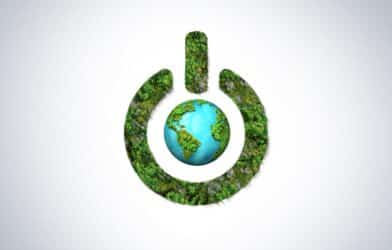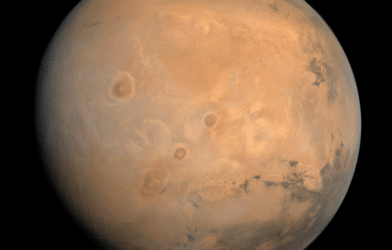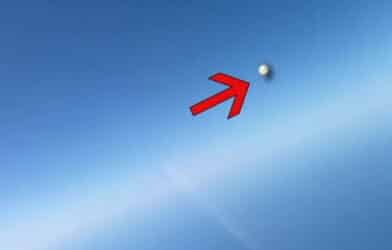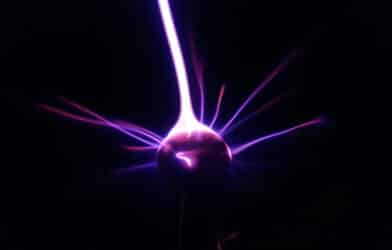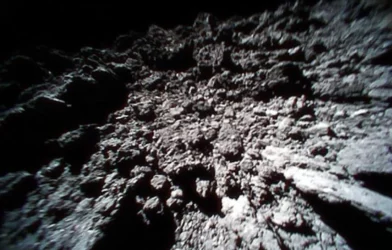In a revelation that could rewrite chapters of Earth’s tumultuous autobiography, researchers at Caltech have unveiled a study that connects the enigmatic underground anomalies deep within our planet to a primordial cosmic collision. Imagine two vast masses, each twice the size of the Moon, lurking near Earth’s core—one beneath Africa and another beneath the Pacific Ocean. These mysterious entities are not just geographical wonders; they may very well be the guts of an ancient planet that slammed into Earth, giving birth to the Moon.
Since their detection in the 1980s, these massive “blobs” known as large low-velocity provinces (LLVPs) have puzzled scientists. The term “low velocity” arises from the way seismic waves—ripples caused by earthquakes or explosions—slow down as they pass through these dense regions, hinting at their unusual composition. Caltech’s latest research, however, might have cracked the code of their origin.
Published in the journal Nature, the study suggests a bold narrative: the LLVPs are remnants of Theia, a hypothetical planet that is believed to have collided with our young Earth. This colossal impact not only formed the Moon but may have left chunks of Theia buried deep within Earth’s mantle—the thick, silvery layer between the Earth’s crust and core.
“The iron-rich impactor could have transformed into mantle blobs,” says Qian Yuan, the geophysicist who experienced the “eureka moment” after attending a seminar on planet formation, in a statement. His insight led to sophisticated simulations showing how Theia’s remnants could have ended up as these blob-like structures rather than uniformly mixing into the Earth’s mantle.
Much like the undisturbed wax in a cool lava lamp, Theia’s remains, heavy with iron, settled into two separate clusters because the cataclysmic event didn’t melt Earth’s lower mantle completely. This provided a sort of “safe-haven” for Theia’s materials to coalesce into the LLVPs, while the rest of the debris flung into space eventually cohered into our Moon.
But why does this matter to us, the lay audience? Understanding the composition and history of our planet is crucial for several reasons. It helps us make sense of the complex processes like plate tectonics that shape the world we live in. It also enlightens us on the formation of early continents and minerals, influencing everything from natural disasters to the distribution of natural resources.
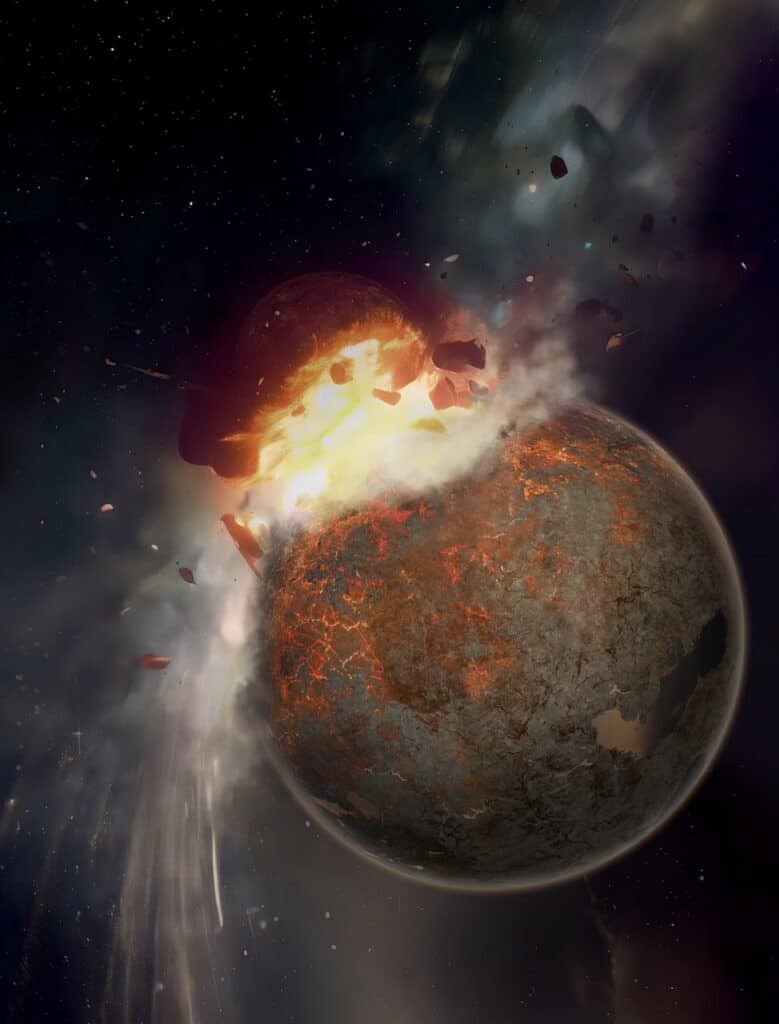
The next steps? As outlined by Paul Asimow, one of the study’s leading scientists, they include delving into how Theia’s “heterogeneous material” may have driven Earth’s early interior processes, long before the plate tectonics we’re familiar with today.
“A logical consequence of the idea that the LLVPs are remnants of Theia is that they are very ancient,” Asimow says. “It makes sense, therefore, to investigate next what consequences they had for Earth’s earliest evolution, such as the onset of subduction before conditions were suitable for modern-style plate tectonics, the formation of the first continents, and the origin of the very oldest surviving terrestrial minerals.”
This discovery is not just a scientific triumph but a stirring reminder of our planet’s dynamic history—a history that spans back billions of years and is written not just on the surface, but in the very depths of the Earth itself.
